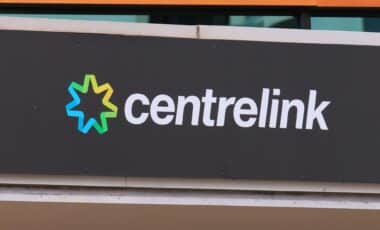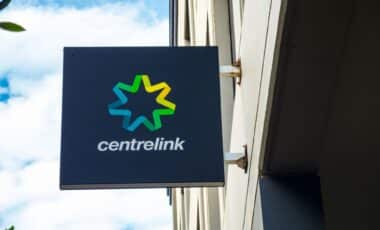In a move designed to support students from regional and remote areas, Centrelink has made significant changes to its Tertiary Access Payment program. This update increases access to financial support for those who relocate for tertiary education, easing the financial strain on students moving away from home to study.
Previously restricted to recent high school graduates, the Tertiary Access Payment is now available to a broader range of students, including those who have taken gap years. The $5,000 payment aims to assist with the costs of relocation and studying at universities and vocational education providers. With these changes, many students who might have been previously ineligible will now have the opportunity to apply for this financial support.
Expanded Eligibility Rules
One of the most notable aspects of the rule change is the expansion of eligibility criteria. Originally, the Tertiary Access Payment was only available to students who had moved directly from high school to a tertiary education provider. The new rules now allow students who have taken one or more gap years before enrolling in higher education to qualify for the payment, as long as they meet the age and residency requirements.
To be eligible, students must be 22 years old or younger when they begin their tertiary course. They also need to be from regional or remote areas, defined by their distance from metropolitan centers, and must be studying at a tertiary institution located at least 90 minutes away from their home by public transport. The payment is available for students attending universities, TAFE institutes, or other recognized tertiary education providers.
Centrelink Boost: Financial Support Based on Your Location
The updated policy also specifies how the payments will be distributed depending on the student’s location. For students from outer regional or remote areas, the payment will be issued in two installments, totaling $5,000. However, students from inner regional areas will receive a lump sum of $3,000 to assist with their relocation costs.
These payments are intended to ease the financial burden faced by students who must relocate to access educational opportunities, particularly when they come from areas with fewer local educational facilities. While the rising cost of living has made it harder for many students to afford such moves, the government aims to help offset these expenses with the Tertiary Access Payment.
Centrelink rule change gives more Aussies access to $5,000 cash boost: 'Don't miss out' https://t.co/NLCSrCyy4i
— Yahoo Finance Australia (@YahooFinanceAU) June 19, 2025
Impact on Students Already Receiving Government Support
The rule change also has implications for students who are already receiving other forms of government support. Eligible students who are receiving ABSTUDY, Youth Allowance, or the Relocation Scholarship in their first year of study are still able to claim the Tertiary Access Payment. It’s important to note that the Tertiary Access Payment is separate from the Youth Allowance program, meaning students may be eligible for both, depending on their circumstances.
This dual eligibility will help students access financial assistance from multiple sources, further supporting their ability to relocate and complete their studies without incurring excessive debt.
Addressing the challenges of regional education
The Department of Education reported that in 2023, the number of students from regional and remote areas enrolling in tertiary education decreased by 1.1 percent. Experts suggest that the rising cost of living, combined with the financial challenges of relocating for education, may be contributing to this decline.
By broadening the scope of the Tertiary Access Payment, the government is aiming to mitigate some of these challenges and provide more equitable access to higher education. This expansion is a response to the concerns that students from regional areas often face barriers in pursuing tertiary education due to financial constraints.
With more students expected to be eligible for the payment under these new rules, the program could play a significant role in improving access to higher education for young Australians in regional and remote communities.
How to apply for the payment
Eligible students can apply for the Tertiary Access Payment through Services Australia. Applications must be submitted by December 31 of the student’s first year of study. Detailed information about eligibility and the application process is available on the Services Australia website, which also includes a tool to help students determine if they live in an eligible regional or remote area.
For many students, the Tertiary Access Payment represents an important opportunity to access higher education, reduce financial stress, and embark on their academic journey with a better foundation of support.









